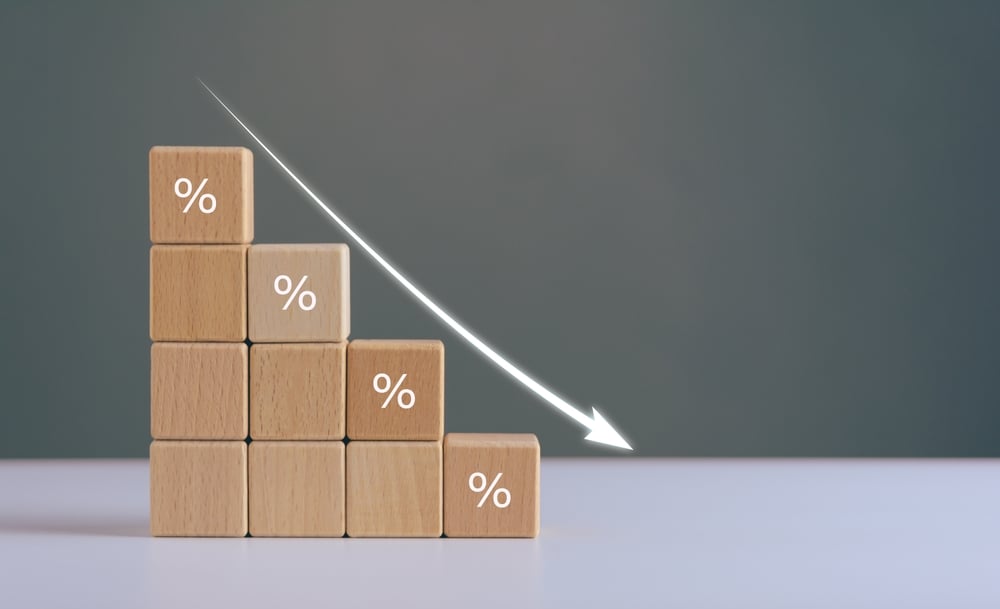The Expansion of Cap Rates: A Briefing on the Current Market Dynamics
In recent times, there has been a significant concern surrounding the expansion of cap rates in 2023. It was predicted that this trend would reach its peak by Q4 2023 and gradually decline throughout 2024 as the Federal Reserve potentially concluded its rate-hike cycle.
However, according to Matthews Real Estate Investment Services, this may not be a guaranteed outcome. In their article “Deep Dive into Cap Rates: Will Cap Rate Expansion Continue in 2024?”, they shed light on how decreasing cap rates is not always a certainty.
Understanding Cap Rate Expansion
Cap rate expansion can lead to higher profits but it also signifies an increase in risk. As stated by Real Capital Analytics, there has been a year-over-year price change decrease of 9.9% across all property types.
The article further elaborates on the factors contributing to higher cap rates such as ongoing increases in Effective Federal Fund Rate and inflation control measures taken by the Federal Reserve. This results in investors demanding higher returns which ultimately leads to an increase in cap rates.
Market dynamics have also played their part with diminishing demand forcing sellers to lower property prices while macro issues like COVID-19 have had varying impacts across different sectors such as increased demand for warehouse spaces due to e-commerce growth during lockdowns and suburban migration leading to imbalances between supply and demand for multifamily properties.
What Lies Ahead?
Throughout most of 2023, industrial, multifamily and retail sectors experienced varying degrees of cap rate expansions with interest rate hikes resulting from lower acquisition prices needed for healthy returns according to Matthews’ article.
However,the challenge lies within realizing this pricing gap which is yet unfulfilled at present.This indicates that although we can expect peak levels during Q4of2032,caprateexpansionwill occuratamuchslower pace until interestratesstabilizeintheyear2024. The article also predicts a phase of price discovery from Q4 2023 to the first half of 2024, leading to an increase in transaction volume. Furthermore, if the Federal Reserve decides to lower interest rates during this time period, it will result in a decrease in cap rates and make it more affordable for investors to secure debt.
In conclusion, while there are concerns surrounding cap rate expansion and its potential impact on the market dynamics, there is still hope for stabilization and growth as we move forward into 2024. This briefing provides valuable insights into understanding the current state of affairs regarding cap rate expansion without mentioning any specific companies or organizations involved.




